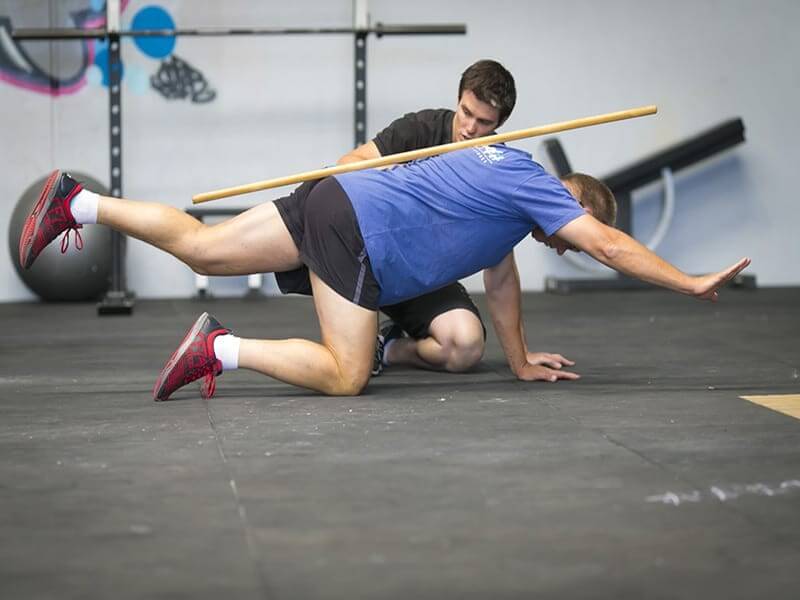
So we all are told by Coaches, Strength and Conditioning staff, Chartered Physiotherapists that you need to stretch; but let’s be honest, how often do you skip it and launch straight into a run?
There’s a lot of conjecture as to whether or not stretching prevents injury and benefits running. Many studies suggest that stretching is holding a mildly uncomfortable position for at least 30 seconds – is actually detrimental to performance for some sports.
Static versus dynamic stretching
The most common form of stretching, and the type that gets the most criticism, is known as static stretching and examples include a seated forward bend or standing calf stretch. From my experience, runners don’t get much benefit from performing static stretches like toe touches before a run.
The alternative is dynamic stretching, which comprises controlled movements, such as leg and arm swings or high knee lifts, which slowly bring the muscles close to their range of motion limit without exceeding it.
Think of it not so much as stretching, but as warming up
Quite a stretch
The case for stretching as a means for injury prevention comes from the long-held theory that a muscle that’s been lengthened by stretching is more supple, decreasing stress to surrounding tendons, ligaments and muscles, and protecting them from the repeated stresses of activity. Yet research detailed in the British Journal of Sports Medicine found that there wasn’t any evidence to suggest that static stretching was effective in preventing lower limb injuries in joggers. Furthermore, research from the University of Tampa found that pre-run stretching caused an eight per cent drop in performance in a one-mile uphill run.
Prepare your body
Despite evidence suggesting that stretching could be overrated, runners still need to spend time preparing their body for the rigours of running – and dynamic exercises are the way to go.
If you want to get your body ready to run, prevent injury and boost your performance, then think of it not so much as stretching, but as warming up. You need to transition your body from lying in bed for eight hours or sitting for 10 hours to running. Runners should perform dynamic exercises that activate the muscles they need to use when running, get the joints moving through their required range of motion and increase body temperature.
Ideally you want to get your muscles, ligaments and tendons ready to run, but if there’s a part of your body that’s stiff, then this is something you will need to work on over time. That’s when performing traditional static stretches after running will be more effective, as well as stretching on your rest days.
Always perform Dynamic Stretches prior to training or a match – I have attached a 3 part series which covers most of the functional movements of running and playing team sports:
Part 1
Part 2
Part 3
So what to do post running / match – Static stretching
The time between bouts of exercise is ideal to maintain joint range of movement and muscle length so static stretching should be used whereby the stretches are held for 45 seconds plus.


